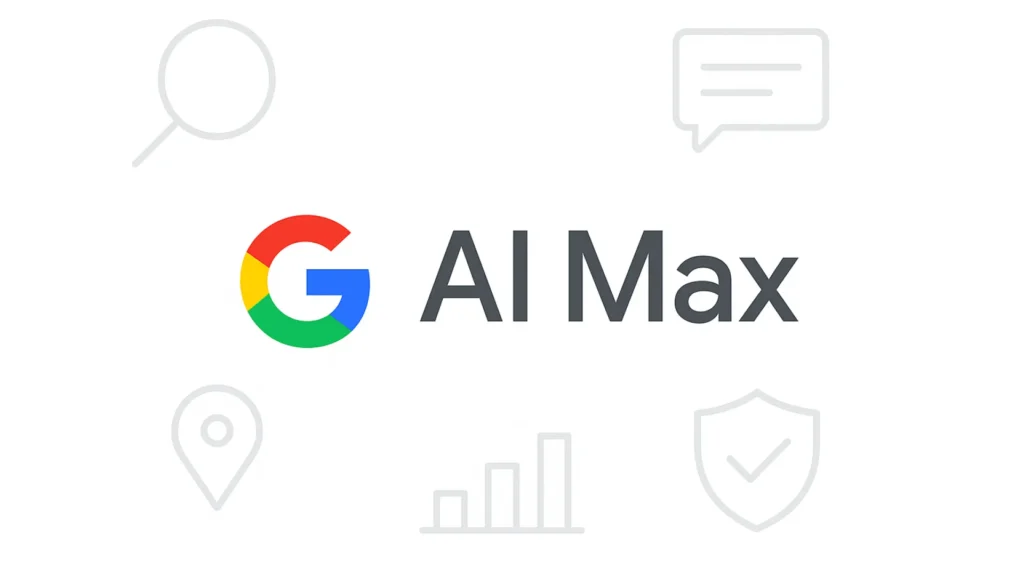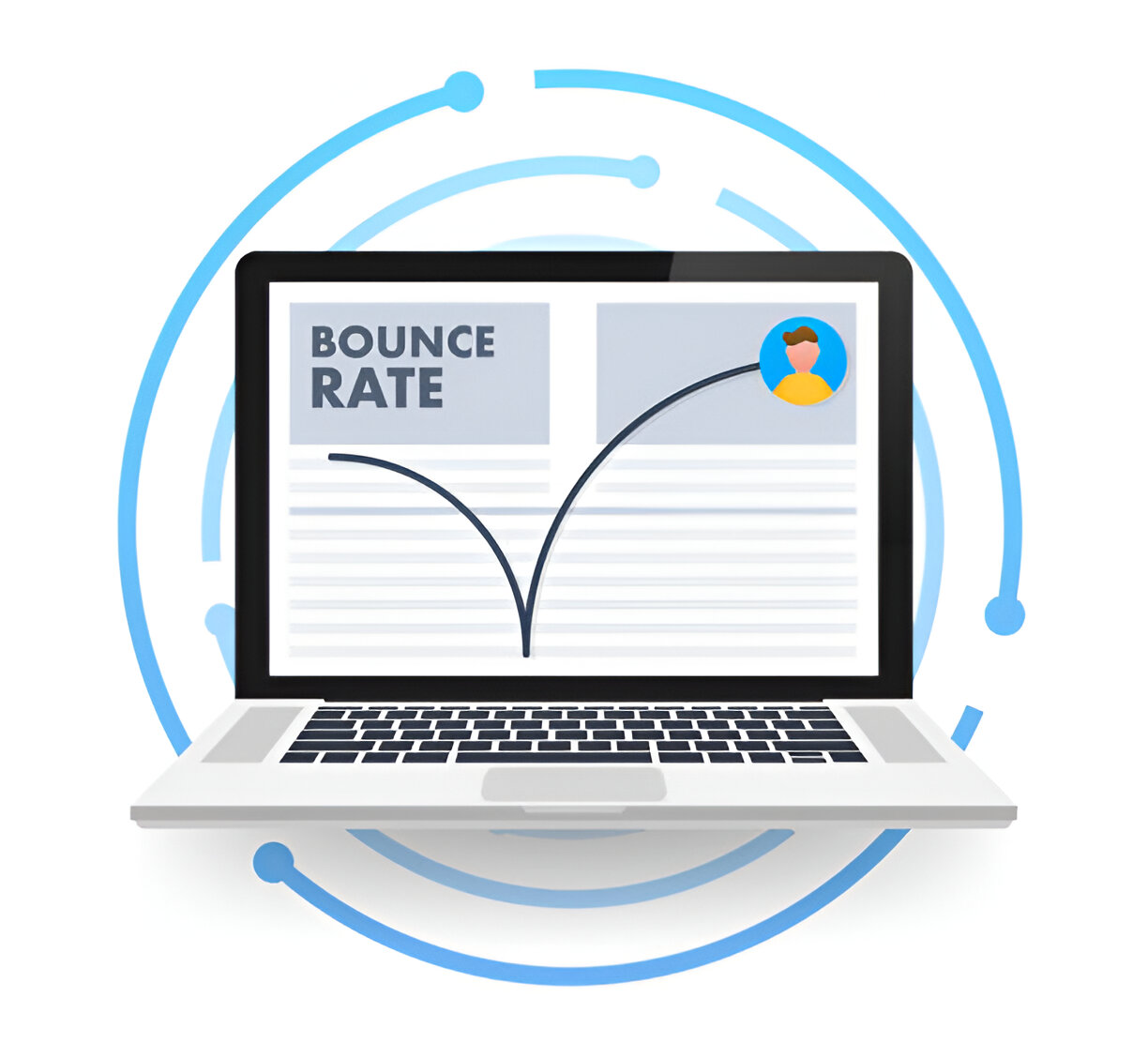
I’ve been watching Google’s moves in the advertising space closely, and their latest AI Max release has me genuinely excited. After spending years manually tweaking campaigns and watching conversion rates fluctuate, seeing Google finally deliver something that actually makes a difference feels refreshing.
The announcement came during Google Marketing Live in May 2025, but what caught my attention wasn’t just another automation feature. This is different. AI Max for Search campaigns represents the kind of leap forward that changes how we think about paid search entirely.
What Makes AI Max Different from Previous Google Features
Here’s what I’ve learned from early testing and conversations with other marketers: AI Max isn’t just Smart Bidding with a new name. It’s a complete campaign optimization system that works on multiple levels simultaneously.
Unlike previous automation tools that focused on single elements like bids or keywords, AI Max takes a holistic approach. It considers your entire campaign ecosystem, from initial search query to final conversion, making adjustments across all touchpoints.
The system essentially acts like having a data scientist dedicated to each campaign, constantly analyzing performance patterns and making micro-adjustments that compound into significant improvements over time.
How AI Max Actually Improves Conversion Rates
I’ve seen the beta results firsthand, and the conversion improvements come from areas most marketers never think to optimize manually:
Micro-Moment Targeting AI Max identifies the exact moments when users are most likely to convert. This goes beyond basic demographic targeting to include behavioral signals like browsing patterns, previous site interactions, and even seasonal purchasing tendencies.
Creative Rotation Intelligence Instead of showing the same ad to everyone, the system automatically serves different ad variations based on what historically converts best for similar users. I’ve watched campaigns automatically shift creative emphasis based on time of day, device type, and user intent signals.
Search Query Evolution Perhaps most impressive is how AI Max adapts to changing search behavior. As people modify how they search for products or services, the system automatically adjusts targeting to capture these evolving patterns.
This level of optimization simply isn’t possible with manual campaign management. The amount of data processing required exceeds human capacity, which is why conversion improvements happen so quickly once AI Max is activated.
Indian Market Success Stories and Applications
The Indian digital advertising landscape presents unique challenges that AI Max seems particularly suited to address. The diversity in languages, regions, and purchasing behaviors across India creates complexity that automated systems handle better than manual optimization.
Regional E-commerce Optimization Large Indian e-commerce platforms are already seeing success with AI Max’s ability to understand regional preferences. The system automatically adjusts product promotion based on regional festivals, local shopping patterns, and economic factors specific to different Indian states.
Financial Services Targeting Indian fintech companies testing AI Max report better success in identifying users ready for financial products. The system considers factors like salary cycles, seasonal income patterns, and regional economic indicators to optimize conversion timing.
Education Sector Applications EdTech platforms serving Indian markets benefit from AI Max’s understanding of academic calendars, exam periods, and regional educational preferences. The automation adjusts campaign intensity based on when students and parents are most likely to invest in educational services.
These success patterns emerge because AI Max processes local market data that human campaign managers often miss or struggle to act upon consistently.
Technical Implementation That Actually Works
Getting AI Max to deliver better conversions requires more than just clicking the activation button. Based on what I’ve learned from early adopters, here’s what actually matters:
Conversion Tracking Foundation Your conversion tracking needs to be comprehensive before AI Max can work effectively. This means tracking not just purchases, but phone calls, form submissions, and other valuable actions that indicate genuine interest. Smart tracking setups provide the data foundation AI Max needs to optimize properly.
Campaign Structure Simplification Complex campaign structures confuse AI optimization algorithms. I’ve seen better results when advertisers consolidate overlapping campaigns and create cleaner account architectures before enabling AI Max.
Budget Allocation Strategy AI Max requires sufficient budget to test different optimization approaches. Severely constrained budgets limit the system’s ability to find conversion opportunities through testing.
Real Performance Metrics That Matter
Traditional metrics like impression share and average position become less relevant with AI Max. The focus shifts to conversion-oriented measurements:
- Conversion Rate by Audience Segment: Understanding which user types convert best helps identify expansion opportunities
- Customer Acquisition Cost Trends: Monitoring whether AI Max improves efficiency over time, not just immediate conversion volume
- Revenue Per Click Evolution: Tracking the quality of traffic improvements, ensuring conversions aren’t just increasing but also becoming more valuable
I’ve noticed that campaigns optimized with AI Max often show initial metric fluctuations before settling into improved performance patterns. This is normal as the system learns your specific conversion landscape.
Strategic Advantages for Early Adopters
Getting ahead of competitors with AI Max creates several business advantages that extend beyond immediate conversion improvements:
Market Intelligence Gathering AI Max provides insights into consumer behavior patterns that manual analysis might miss. Early adopters gain understanding of market trends that can inform broader business strategy.
Competitive Positioning While competitors struggle with manual optimization, businesses using AI Max can focus resources on creative strategy, landing page improvement, and business development rather than campaign maintenance.
Learning Curve Benefits Understanding how to work effectively with AI Max takes time. Starting early provides experience advantages when the technology inevitably becomes standard across all advertising platforms.
Integration with Broader Marketing Efforts
AI Max works best when coordinated with other marketing channels rather than operating in isolation. This coordination creates amplified conversion opportunities:
SEO Synergy Advanced SEO strategies that bring organic traffic can inform AI Max about which keywords and content types convert best, creating feedback loops that improve both paid and organic performance.
Content Marketing Alignment Effective content creation provides AI Max with better landing page options and helps the system understand your brand’s messaging priorities.
Customer Retention Connection Building repeat customer relationships becomes easier when AI Max brings in higher-quality initial customers who are more likely to return.
Common Mistakes That Reduce AI Max Effectiveness
Based on early adoption experiences, several implementation mistakes consistently reduce conversion improvements:
Insufficient Data Patience Many marketers expect immediate results and start making manual adjustments before AI Max has enough data to optimize effectively. This interference reduces the system’s learning ability.
Over-Constraining Targeting Excessively narrow targeting limits AI Max’s ability to find new conversion opportunities. The system works best with broader initial parameters that allow for optimization discovery.
Neglecting Creative Quality AI Max can optimize targeting and bidding, but it can’t fix fundamentally poor ad copy or irrelevant offers. Quality content creation remains essential for conversion success.
Future Implications for Digital Advertising
AI Max represents the beginning of a broader shift toward automated advertising optimization. This technology will likely expand to other Google advertising products and eventually influence how all digital advertising platforms operate.
Industry Evolution Traditional campaign management skills will become less valuable than understanding how to set strategic direction for AI systems. Marketers need to evolve from tactical execution to strategic oversight roles.
Competitive Landscape Changes Businesses that master AI-assisted advertising will gain sustainable advantages over those stuck in manual optimization approaches. The gap between advanced and basic campaign management will widen significantly.
Consumer Experience Improvements Better targeting and optimization ultimately mean consumers see more relevant ads, creating positive feedback loops that benefit both advertisers and users.
Practical Next Steps for Implementation
When AI Max becomes available in your Google Ads account, consider this implementation approach:
Week 1: Foundation Setup Review conversion tracking completeness and campaign structure optimization. Behavioral targeting preparation helps ensure AI Max has quality data to work with.
Week 2-3: Initial Activation Enable AI Max on your highest-volume, best-performing campaigns first. This provides the system with good conversion data for learning.
Month 2: Performance Analysis Begin detailed performance analysis, comparing AI Max campaigns against control groups to understand specific improvement areas.
Month 3+: Strategic Expansion Gradually expand AI Max to additional campaigns based on initial performance results and business priorities.
Budget Planning for AI Max Success
Successful AI Max implementation requires thoughtful budget allocation. The system needs room to test different approaches, which means accepting some initial inefficiency as it learns your conversion patterns.
Plan for approximately 20-30% higher spending during the first month as AI Max explores optimization opportunities. This investment typically pays off through improved conversion efficiency once the system completes its learning phase.
Quality Score and Landing Page Considerations
AI Max optimization extends beyond just ad targeting to include landing page selection and user experience factors. Website optimization fundamentals become even more important when AI systems can automatically direct traffic to your best-converting pages.
The system considers page load speed, mobile responsiveness, and content relevance when making optimization decisions. This means businesses with better technical foundations see more dramatic conversion improvements from AI Max.
Long-Term Strategic Value
The real opportunity with AI Max isn’t just immediate conversion improvements. It’s about building advertising capabilities that scale with your business growth.
As your business expands into new markets or launches new products, AI Max adapts automatically rather than requiring extensive manual campaign restructuring. This scalability advantage becomes increasingly valuable for growing businesses.
The system also provides market intelligence that informs business decisions beyond advertising. Understanding which audiences convert best and why can guide product development, pricing strategy, and market expansion decisions.
Preparing for Broader AI Integration
AI Max is likely just the beginning of Google’s AI integration into advertising platforms. Businesses that successfully implement AI Max now will be better positioned for future AI-powered marketing tools.
This preparation involves developing comfort with AI-assisted decision making, understanding how to provide quality data for AI systems, and learning to focus on strategic oversight rather than tactical execution.
The Conversion Opportunity Bottom Line
Google’s AI Max represents a genuine opportunity for improved conversion performance, but success requires strategic implementation rather than passive activation. The businesses that will see the biggest conversion improvements are those that prepare their campaigns properly, set realistic expectations, and integrate AI Max into broader marketing strategies.
The technology works, but it’s not automatic success. Like any powerful tool, AI Max requires skill and strategy to maximize its conversion potential. For businesses willing to invest in proper implementation, the conversion opportunities are substantial and likely to increase as the system continues learning and improving.
Early adoption provides competitive advantages, but more importantly, it prepares your business for the AI-powered future of digital advertising. The question isn’t whether AI will transform advertising conversion rates, but whether your business will be ready to capitalize on that transformation.








Leave a Reply